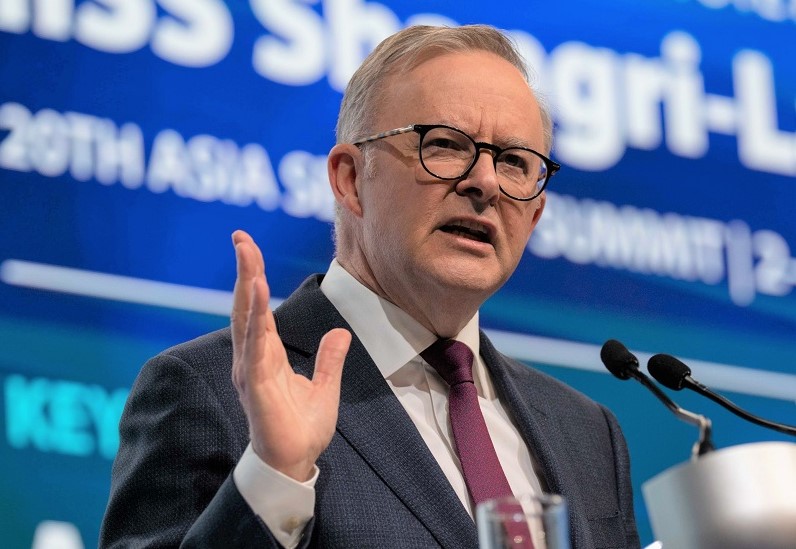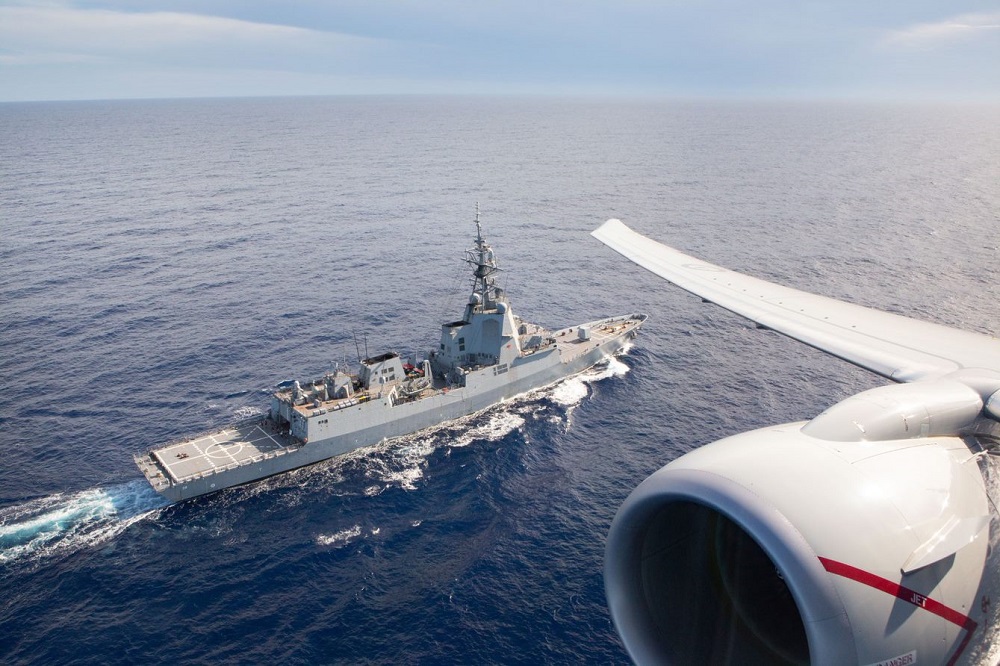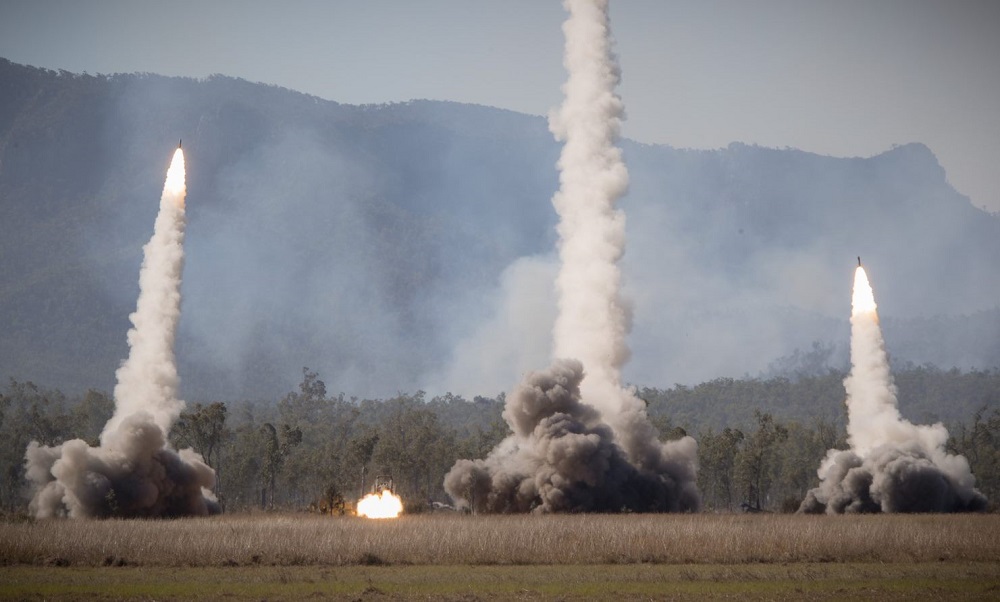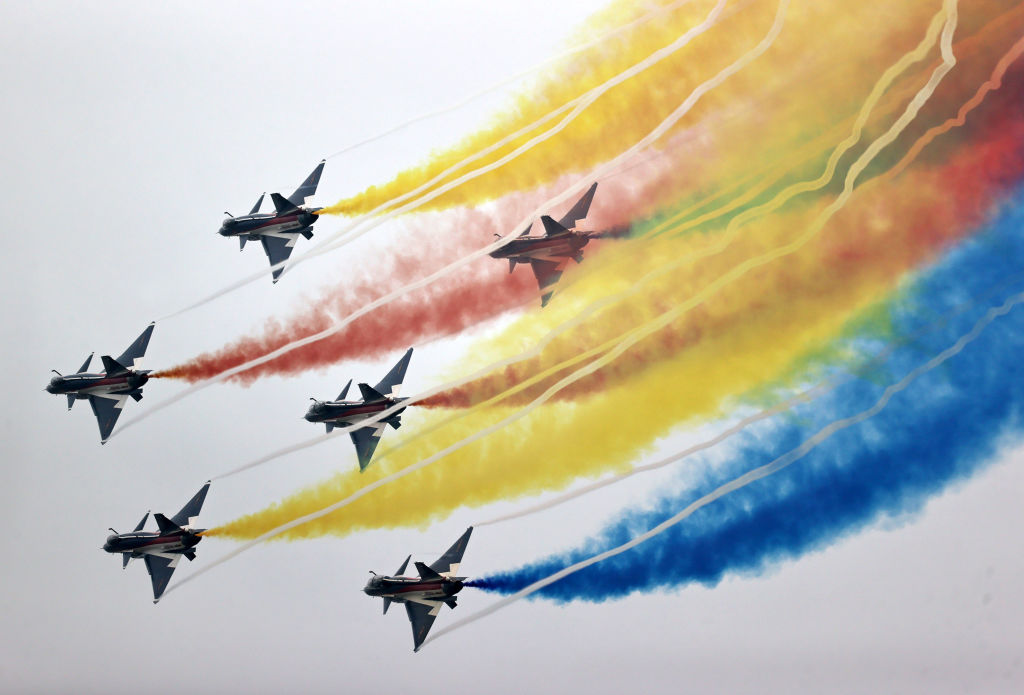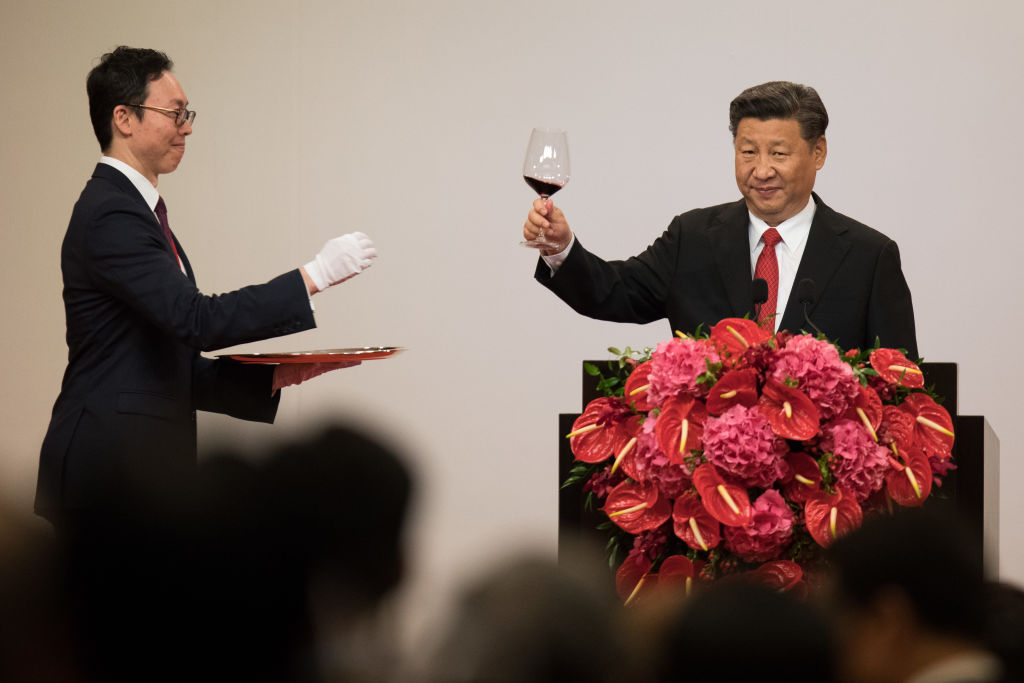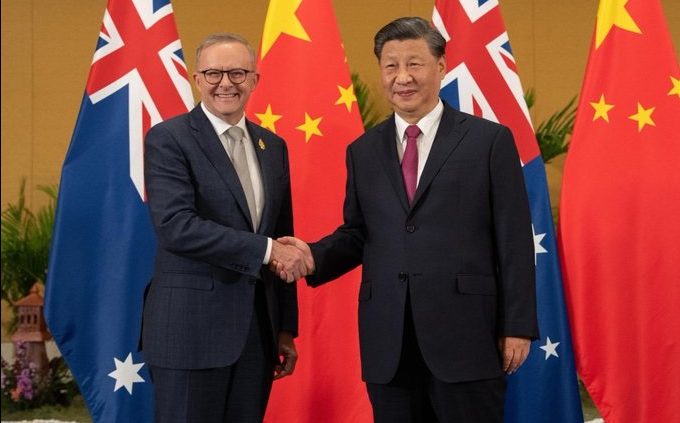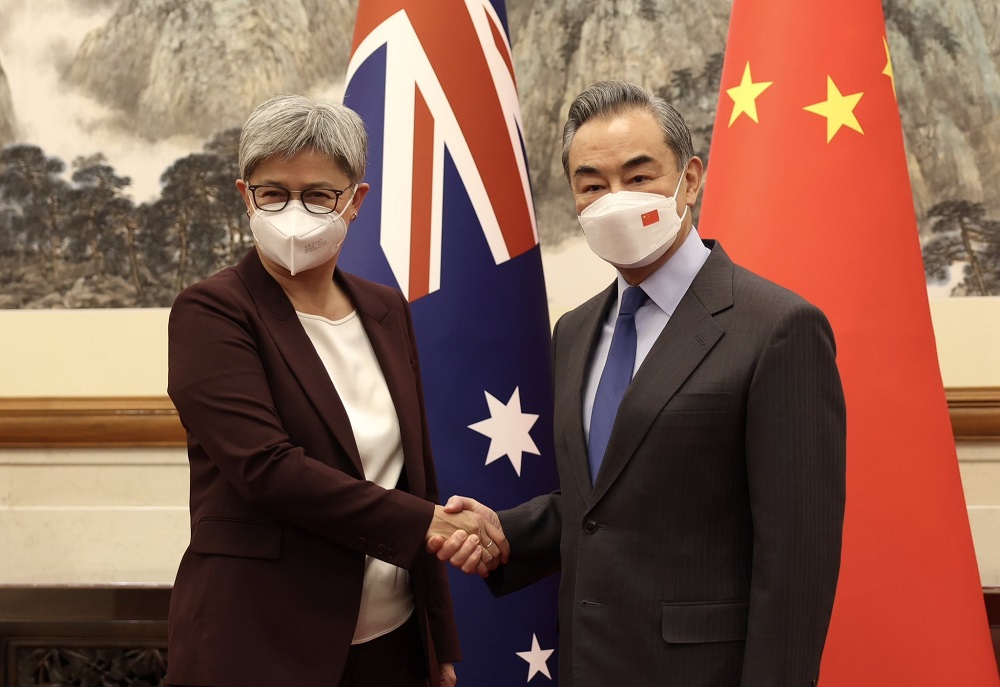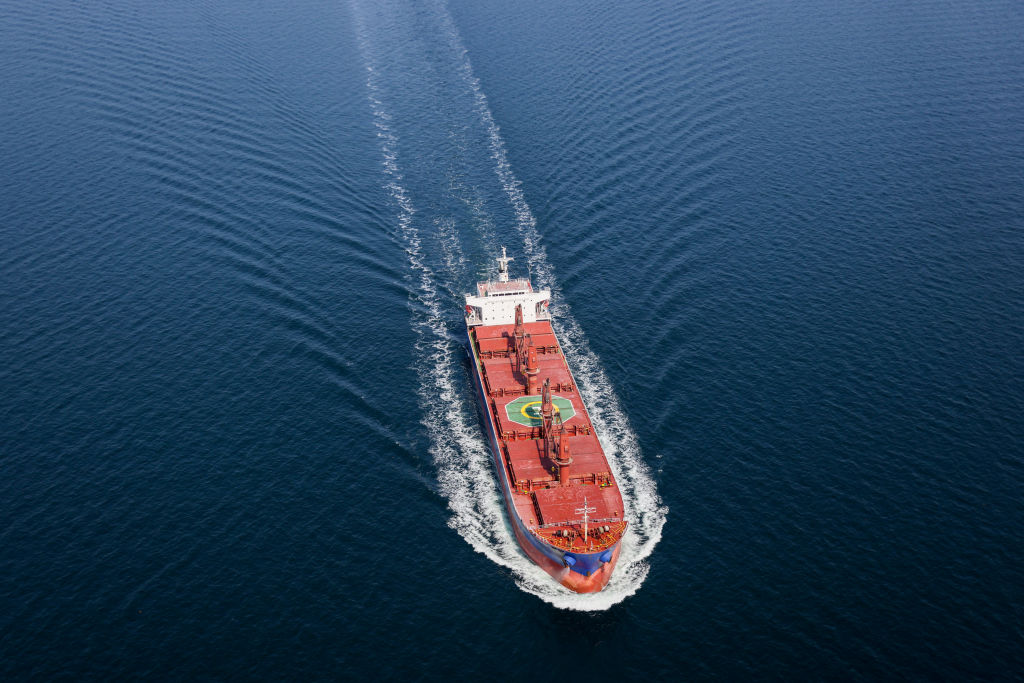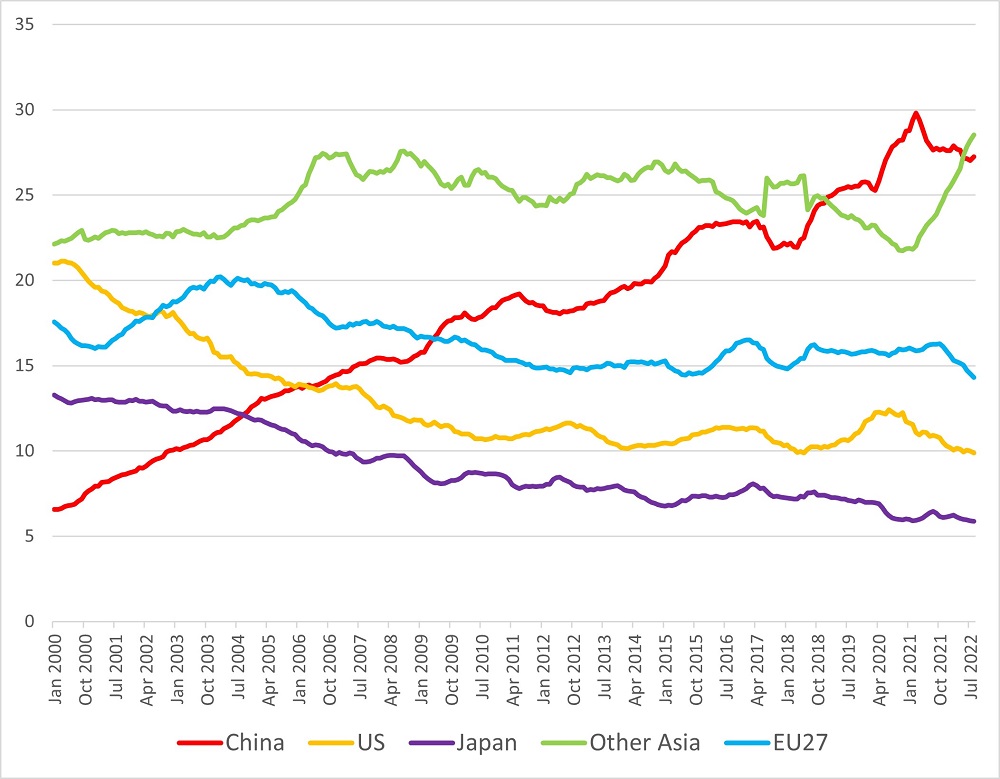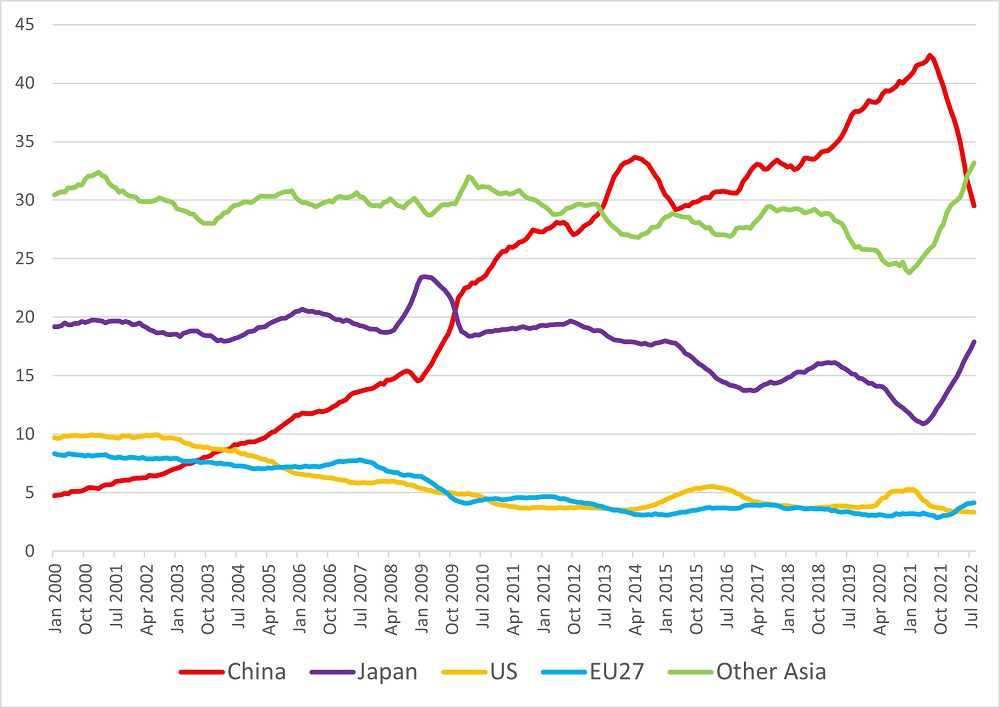Three prime ministers map Australia’s strategic journey
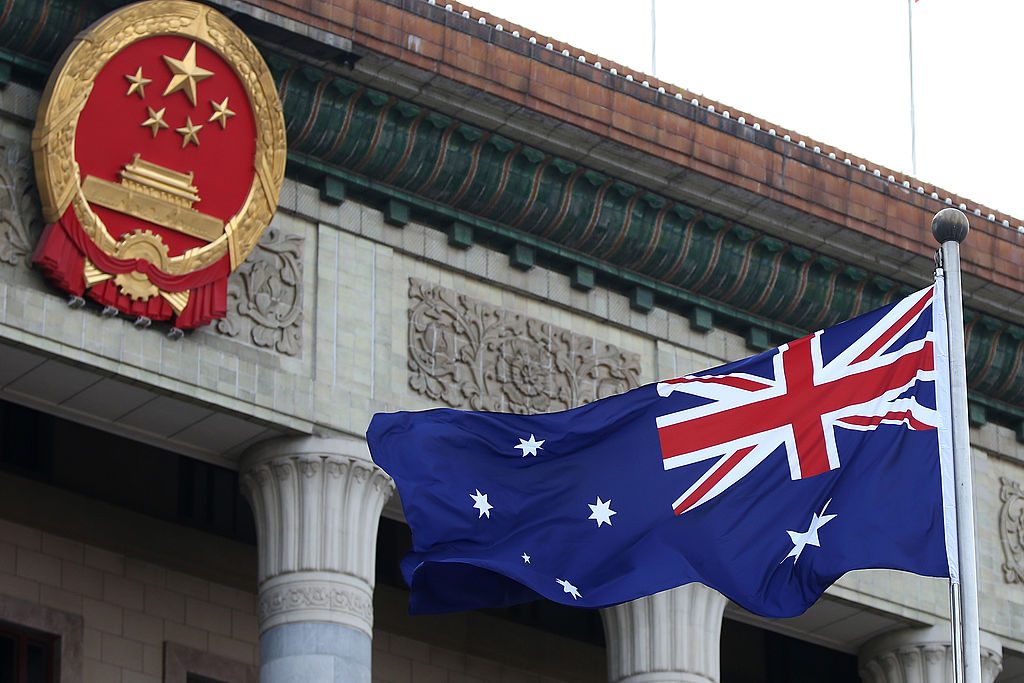
Australia’s strategic journey since 2009 has shifted from the optimism of regional community, to a plea for rules, and now to a heartfelt call for dialogue.
Running through the evolution of Australian thinking is a hardening understanding of China. To China’s chagrin, the established construct of the Asia–Pacific was overtaken by the Indo-Pacific. The Canberra constants are the US alliance and ASEAN centrality.
Trace the journey through three major foreign policy speeches by prime ministers: Kevin Rudd in 2009, Malcolm Turnbull in 2017 and Anthony Albanese in 2023. Each was the keynote address to the premier Asian security summit, Singapore’s Shangri-La Dialogue.
Rudd, in 2009, was speaking when the global economy was about to contract for the first time since World War II, as a financial crisis became an economic crisis. Despite the economic gloom, this was the most optimistic perspective on the region offered by the three PMs.
Rudd described his ambition for an Asia–Pacific community that would:
help to nurture a culture of cooperation and collaboration on security—including a culture of military transparency, helping to build confidence- and security-building measures by providing information that reassures neighbours rather than alarms them. An Asia–Pacific community could also provide a vehicle for discussion and cooperation across the range of challenges with transnational reach, such as climate change, resource and food security, biosecurity and terrorism.
While Rudd claimed a ‘deeply realist approach to security’, the more realist speech was from Turnbull, who began by quoting a maxim of one of Asia’s supreme hardheads, Singapore’s Lee Kuan Yew: ‘Big fish eat small fish and small fish eat shrimps.’
Turnbull went on to reflect:
For the shrimp, the little fish and even the middle- to large-sized fish of all dimensions represented here today, we face more than a Manichean choice between life and death, war and peace. The more salient question—even when the risk of war remains remote—is what kind of peace can we maintain?
Turnbull’s answer was to keep the ‘US-anchored rules-based order’. But that ‘remarkable system’, where big and small fish agreed to play by the rules and respect each other’s sovereignty, ‘could not be taken for granted here in the Indo-Pacific.’
Albanese, too, made several references to the need for rules, a familiar drumbeat at Shangri-La. But his great plea was a simple call for the US and China to start to talk, to build strategic ‘guardrails’: ‘This is a matter of simple, practical structures to prevent a worst-case scenario. The essential precondition for this is dialogue.’
The region that the three speeches described has changed from Rudd’s Asia–Pacific to the Indo-Pacific of Turnbull and Albanese. Australia was one of the first to shift to ‘Indo-Pacific’, in the 2013 defence white paper.
China hates the Indo-Pacific concept. In ‘Asia–Pacific’, Beijing imagines itself defining the half that’s taking over, while ‘Indo-Pacific’ is seen as trying to squeeze China between two oceans. At the Shangri-La Dialogue this year, China’s defence minister, General Li Shangfu, made 17 references to the Asia–Pacific. His one Indo-Pacific usage was Beijing’s standard kick at the US’s ‘so-called Indo-Pacific’ strategy which was ‘based on ideological grounds’ and aimed ‘to build exclusive military alliances against imagined threats’.
The Asia–Pacific versus Indo-Pacific difference is an introduction to the clashing perspectives of Australia’s relationship with China. Rudd and Albanese were careful not to poke the dragon at Shangri-La, while Turnbull offered dangerous truths that set the scene for a five-year icy period between Canberra and Beijing.
Rudd’s government had been monstered by Beijing for its 2009 defence white paper, because of its discussion of the strategic implications of China’s rise and the questions China’s power projection capabilities raised for the region.
So at Shangri-La, Rudd took refuge in the uncontroversially unarguable: ‘Managing major-power relations—particularly in the context of the rise of China and India—will be crucial for our collective future. This will place a premium on wise statecraft, particularly the effective management of relations between the United States, Japan, China and India.’
Turnbull warned against taking ‘unilateral actions to seize or create territory or militarise disputed areas’ (talking to you, Beijing) and seeking international influence through ‘corruption, interference or coercion’ (ditto). Turnbull accepted China’s larger role in shaping the region but said:
Some fear that China will seek to impose a latter-day Monroe Doctrine on this hemisphere in order to dominate the region, marginalising the role and contribution of other nations, in particular the United States. Such a dark view of our future would see China isolating those who stand in opposition to or are not aligned with its interests, while using its economic largesse to reward those toeing the line … A coercive China would find its neighbours resenting demands they cede their autonomy and strategic space, and look to counterweight Beijing’s power by bolstering alliances and partnerships, between themselves and especially with the United States.
Turnbull’s description of a ‘coercive’ China seeking to ‘dominate’ predicted the iciness that followed.
One year into his warming project with Beijing, Albanese described putting ‘dialogue at the heart of our efforts to stabilise our relationship with China’:
We’re not naive about this process, or its limitations. We recognise there are fundamental differences in our two nations’ systems of government, our values and our worldviews. But we begin from the principle that whatever the issue, whether we agree or disagree, it is always better and always more effective if we deal direct.
The centrality of the US alliance to Australia is so, well, central that each of the PMs needed to bless the alliance with only a few words. For Rudd: ‘Australia’s close alliance with the United States will remain the bedrock on which Australia’s national security is built.’ For Turnbull: ‘a deep alignment of interests and values but it has never been a straightjacket for Australian policy-making.’ For Albanese: ‘a bond of shared values and it remains a partnership of shared strategic interest’.
ASEAN centrality is newer and got more attention in the three speeches.
Rudd embraced ASEAN as he tacitly conceded that the grouping had defeated his campaign for the creation of a new Asia–Pacific Community. Rudd’s call for a new big-C Community had been kicked to death by ASEAN in 2008 as a threat to its centrality. Thus, at Shangri-La in 2009 Rudd buried the big ‘C’ Community and pivoted to a small ‘c’ community with ASEAN at its heart, arguing: ‘An Asia–Pacific community could be seen as a natural broadening of the processes of confidence-, security- and community-building in Southeast Asia led by ASEAN, while ASEAN itself would of course remain central to the region and would also be an important part of any future Asia–Pacific community.’
The bruises ASEAN inflicted on Rudd’s unsuccessful effort at new regional architecture taught a vivid lesson. Canberra got the power message and regularly gushes praise of ASEAN’s central role.
For Albanese, the ‘emphasis on both agreement and action, cooperation and capacity’ is ‘at the heart of ASEAN’. Or, in Turnbull’s words: ‘ASEAN embodies opportunity in our region. It is the region’s strategic convenor.’
Australia just wants more of the same with added juice, as Turnbull observed: ‘As our strategic spaces become more crowded, the challenge for ASEAN is to show that the impressive statecraft of the past can be sustained in a more complex future; to remain nimble enough in a more testing time.’
Tracking through the three speeches shows a troubled trajectory.
The Australian journey has been from Rudd’s community, to Turnbull’s call for rules in the face of coercion, to Albanese’s fear of the worst case.
What was once grand vision now focuses on the need for guardrails.

